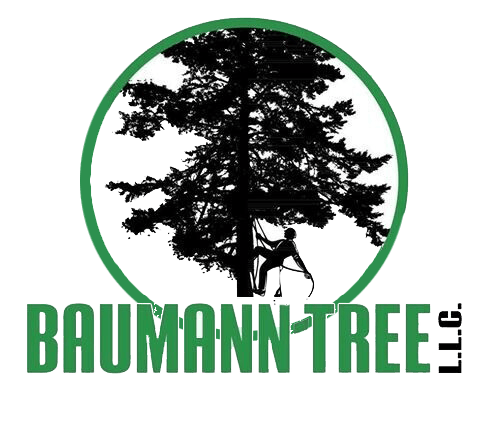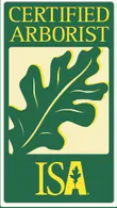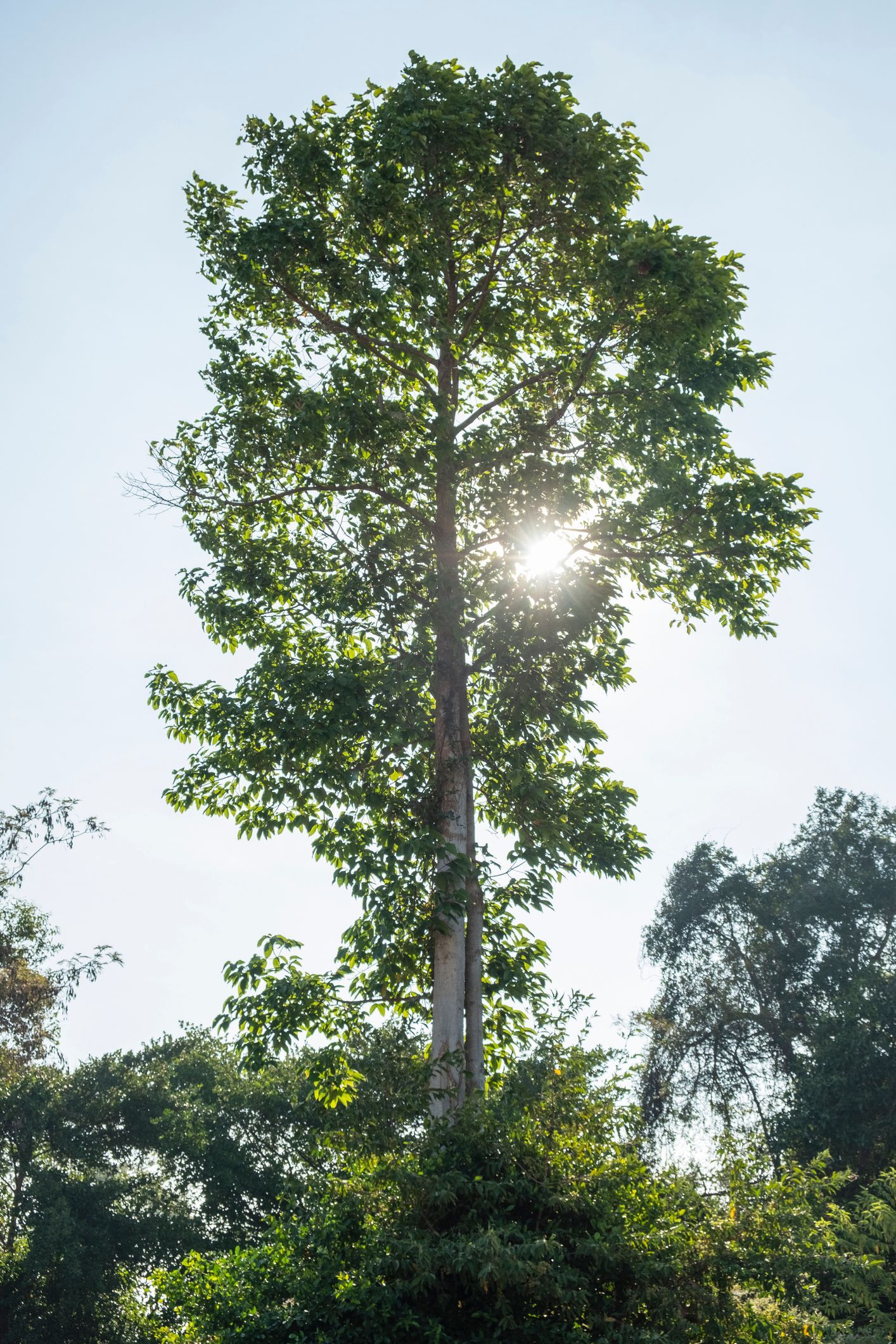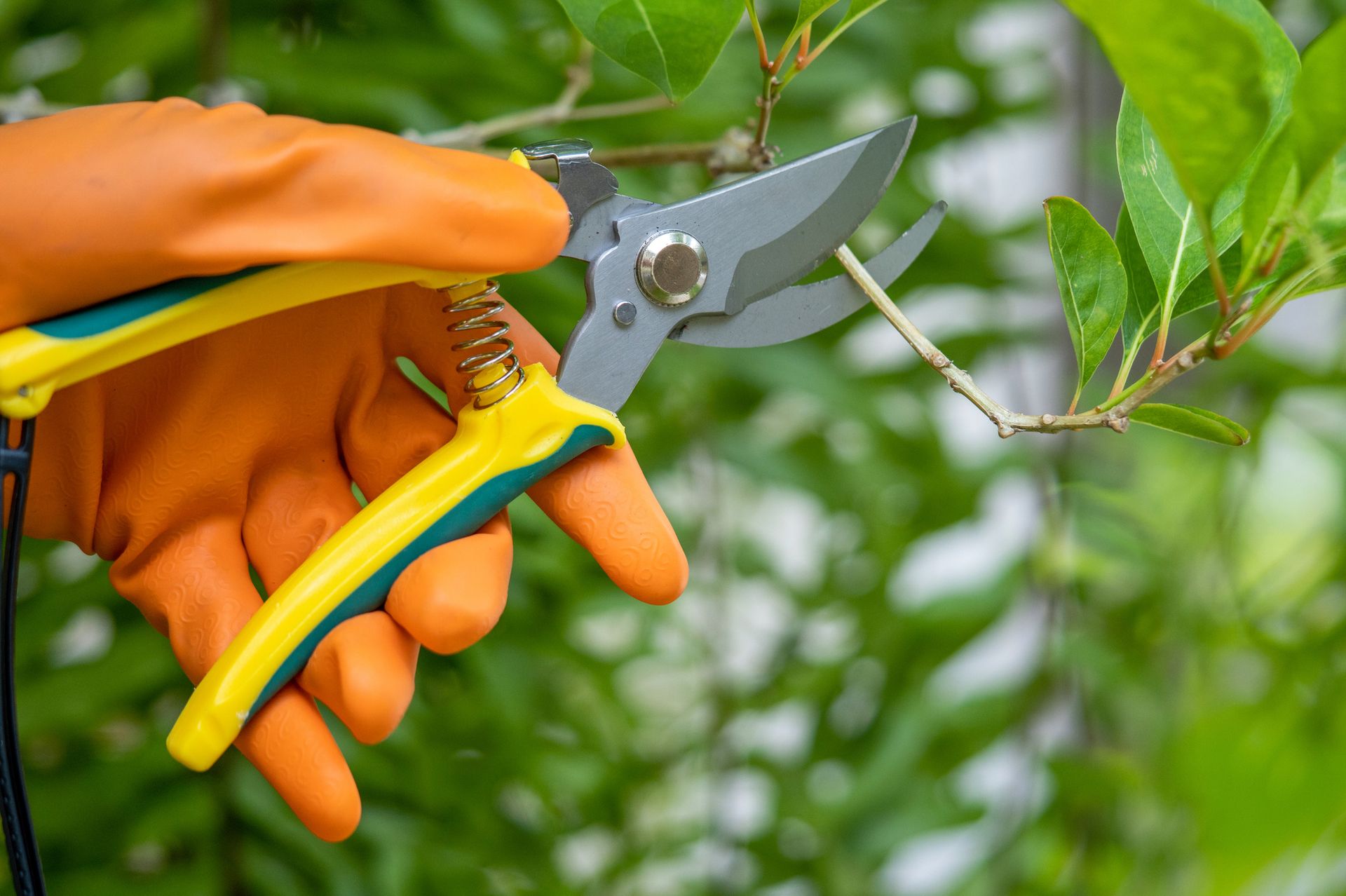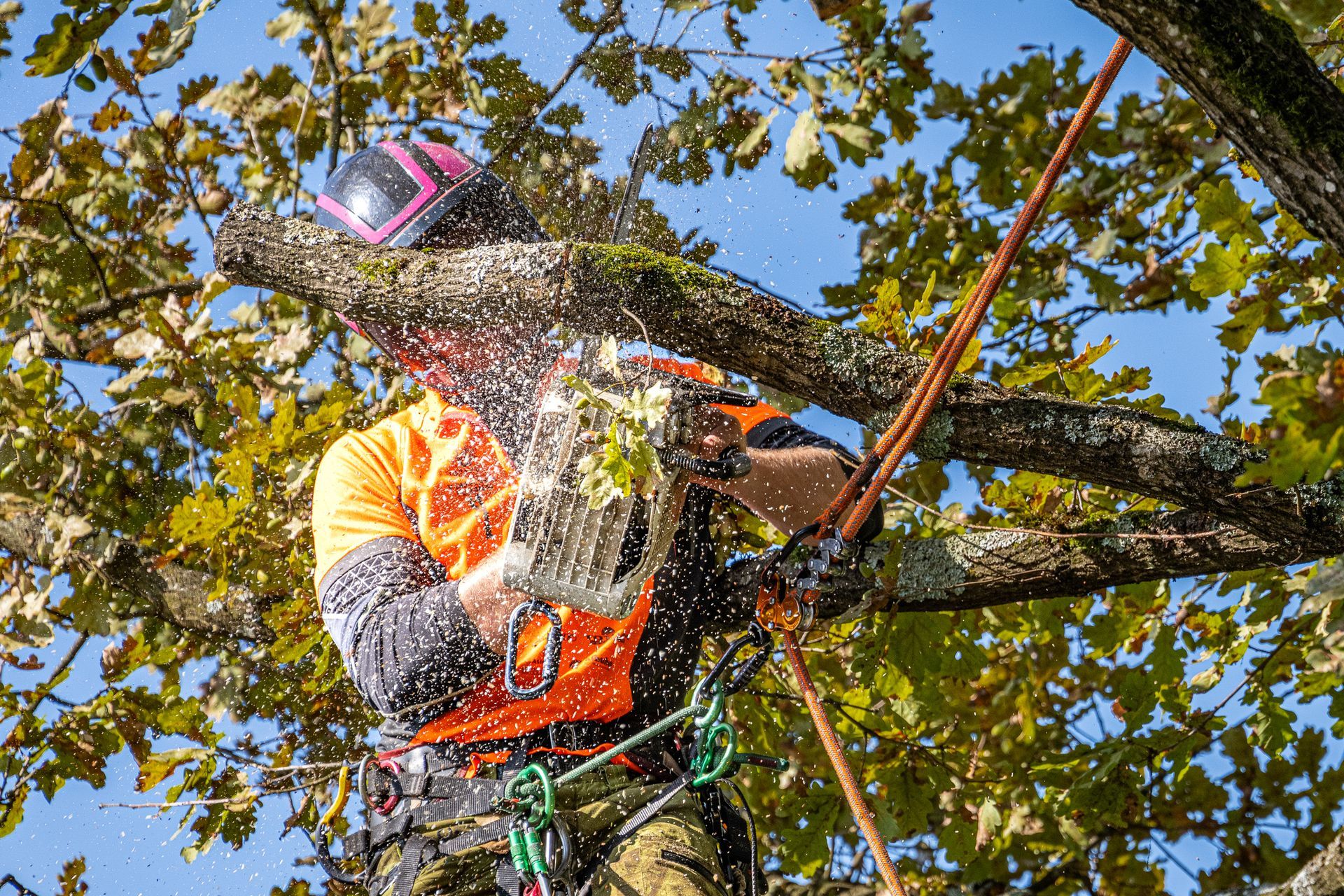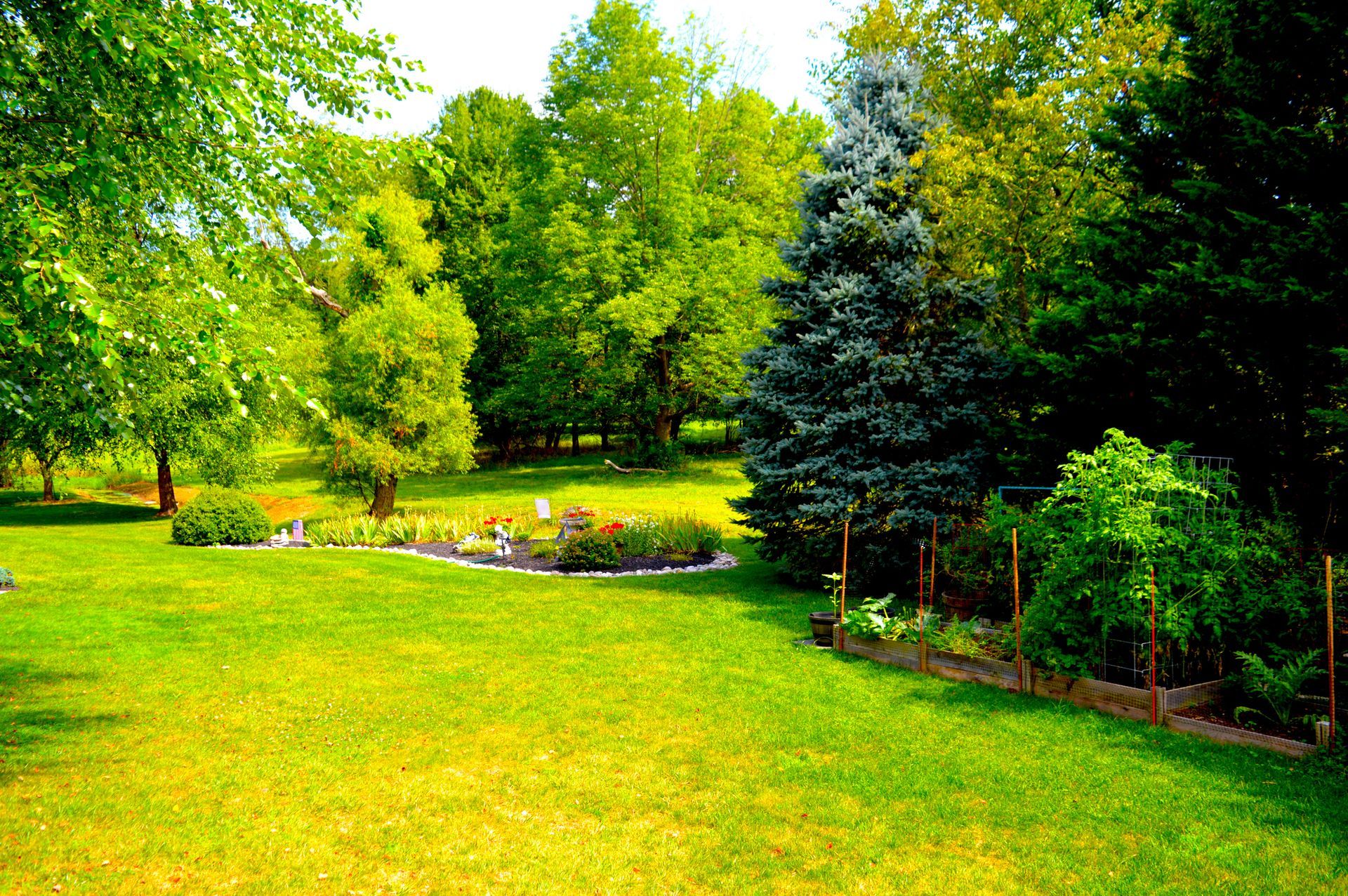Tree Trimming Basics: Topping Versus Crown Reduction
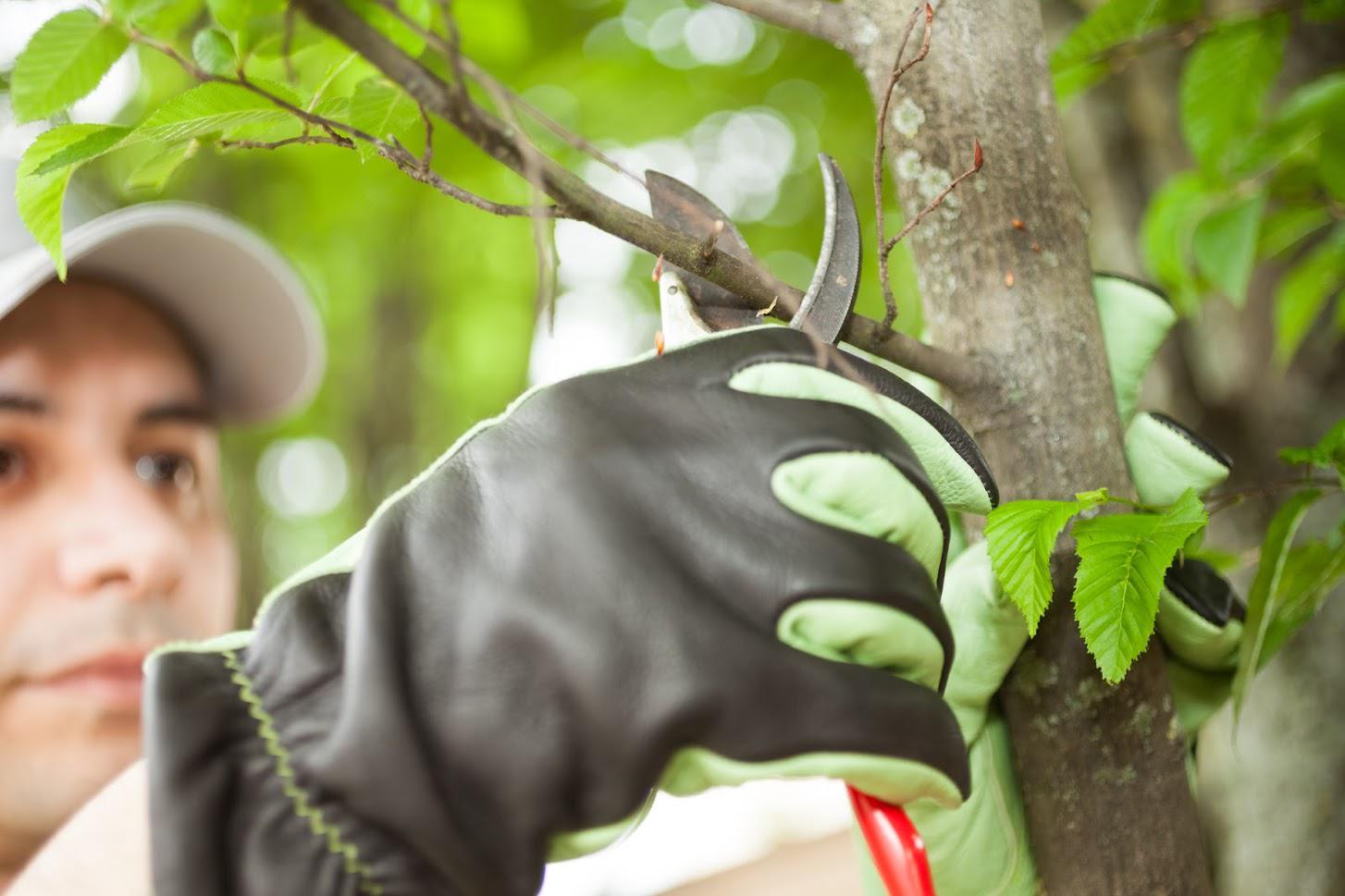
Overgrown trees create all sorts of problems on your property. The branches may interfere with power lines, scrape against your house, or crowd out all the sunlight from the yard. When the problem is an overly large tree with a too-big canopy, then you usually only have two options for controlling the size: topping or crown reduction.
Topping
Tree topping, sometimes called heading, creates a flat-topped tree because all of the vertical branches are removed in order to reduce the height of the tree.
Method
The method is straightforward: cut off all the lateral branches above a certain height so that the canopy isn't too tall. Sometimes, the lateral branches are also cut back to a prescribed length to further control the canopy.
Topped trees have an obvious flat top that many people find unattractive. In some cases, only part of the canopy may get topped, such as only on the side that has grown into the power lines.
Concerns
A topped tree has an unnatural form that can lead to several health and structural concerns. Scrubby, weak growth can result along topped branches as the tree tries to recover the lost foliage.
Topped trees can also collect heavy snow or ice loads in winter, which increases the chances of branch breakage or trunk splitting. Sun damage due to a too-thin canopy and insect infestations can also plague topped trees.
Considerations
You only have a few reasons to top a tree, since the negatives far outweigh any positives. The only exceptions are trees that can be trimmed into formal hedges, such as some evergreen trees. Even then, a slightly rounded or sloped top is preferred to a flat top that collects snow and moisture.
Further, when topping formally pruned shrubs, ensure the bottom is wider than the top so sun and moisture can reach the lower branches.
Crown Reduction
Crown reduction takes a more cautious approach than topping. Branches are selectively cut to reduce the overall size and density of the canopy.
Method
Crown reduction methods require assessing the length, position, and health of every main lateral and vertical branch in the canopy. Branches are then selectively cut back, typically by no more than a third of their length, to help control the shape and size of the canopy. Cuts are made near buds so that the ends of the branches leaf out, which helps prevent sun-scald on the newly cut branch tips.
Some interior branches are also removed to help open up the canopy so sunlight can filter in and to allow for air circulation. Generally crowded branches and those that are weak or damaged are chosen for interior reduction pruning.
Concerns
Most concerns center on how well the species of tree reacts to extensive pruning. Some species are more prone to rot or stress from cutting. Your tree service can alert you to which species shouldn't be extensively pruned in your area.
Trees can recover in a season or two from reduction pruning, so this type of pruning is an ongoing process that must be completed annually for the life of the tree.
Considerations
Consider crown reduction for any tree that can handle extensive pruning and that has grown larger than desired. Mature trees can benefit from reduction pruning, but the best method is to start when the tree is still young. The younger the tree when you begin reduction pruning, the fewer cuts that will need to be made as the tree matures since the canopy won't have a chance to become overgrown.
The best way to manage tree height is two-fold: create an annual pruning plan and stick to it, and only plant tree varieties with mature sizes that fit the planting site. If you do need to consider topping or crown reduction, contact a professional service like Baumann Tree for help.
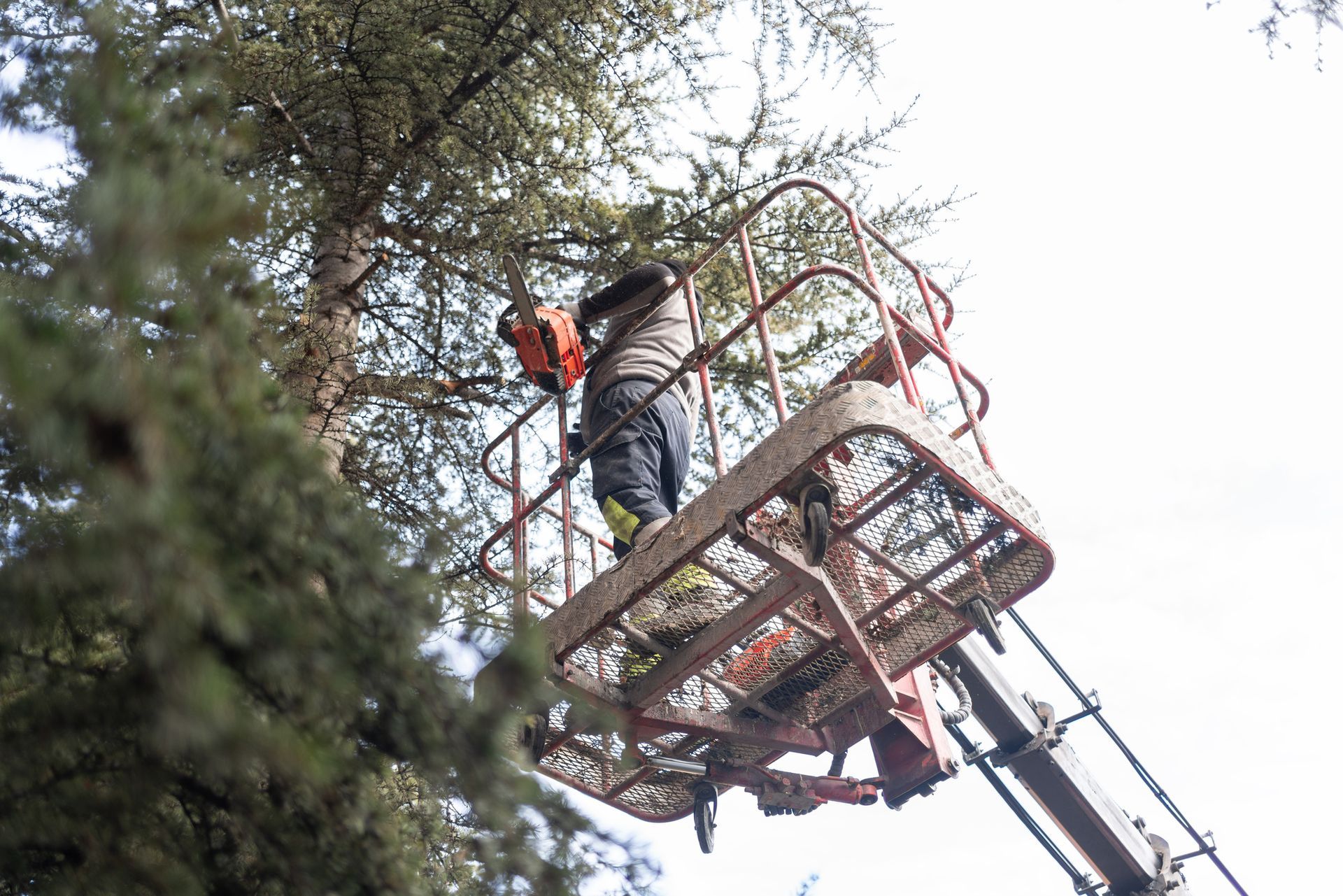
Taking care of your trees is essential for the safety, beauty, and health of your property. In Chesterfield, MO , Baumann Tree provides professional tree services, tree trimming, tree care, and tree removal to help homeowners maintain strong, healthy, and safe landscapes. Call us today at 636-375-2812 to schedule a consultation or service. 1. Professional Tree Trimming in Chesterfield, MO Regular tree trimming keeps your trees healthy and prevents damage from overgrown or dead branches. Proper tree trimming in Chesterfield, MO removes weak or hazardous limbs, improves the tree’s structure, and encourages healthy growth for the coming seasons. Our trained arborists ensure trimming is done safely and efficiently. 2. Safe Tree Removal When Needed Sometimes a tree becomes a hazard due to disease, damage, or age. Tree removal in Chesterfield, MO should always be handled by professionals to ensure safety for your home, vehicles, and landscape. Baumann Tree has the expertise and equipment to remove trees of any size safely and efficiently. 3. Complete Tree Care Services Beyond trimming and removal, ongoing tree care in Chesterfield, MO is key to maintaining strong, healthy trees. We offer services that address disease prevention, pest management, structural support, and overall tree health. Regular care prolongs the life of your trees and enhances the beauty of your property. 4. Full-Service Tree Solutions Baumann Tree provides comprehensive tree services in Chesterfield, MO . From emergency storm response to routine maintenance, we handle all aspects of tree care with professionalism and safety in mind. Our team can assess your property, recommend solutions, and execute services efficiently to keep your trees thriving. Call Baumann Tree for Expert Tree Services in Chesterfield, MO Whether you need tree trimming, tree removal, tree care, or full tree services in Chesterfield, MO , Baumann Tree is here to help. Contact us today at 636-375-2812 for professional, reliable, and safe tree services.
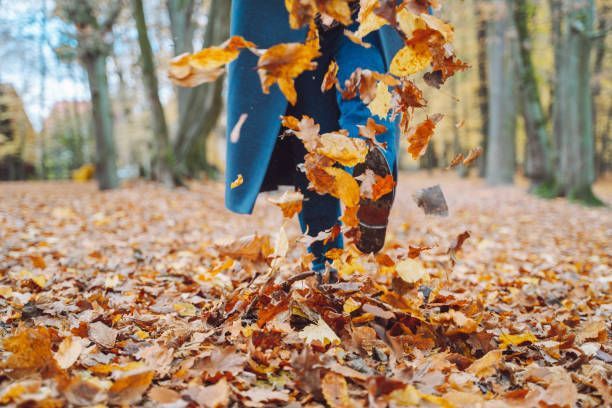
As the leaves begin to change and temperatures cool in St Louis, MO , it’s the perfect time to give your trees some attention. Proper fall care helps protect your property, prevent damage, and set your landscape up for a healthy spring. At Baumann Tree , we specialize in tree services, tree trimming, tree removal, and tree care in St Louis, MO , and we’re here to help homeowners prepare their trees for the season. Call us today at 636-375-2812 to schedule a consultation.
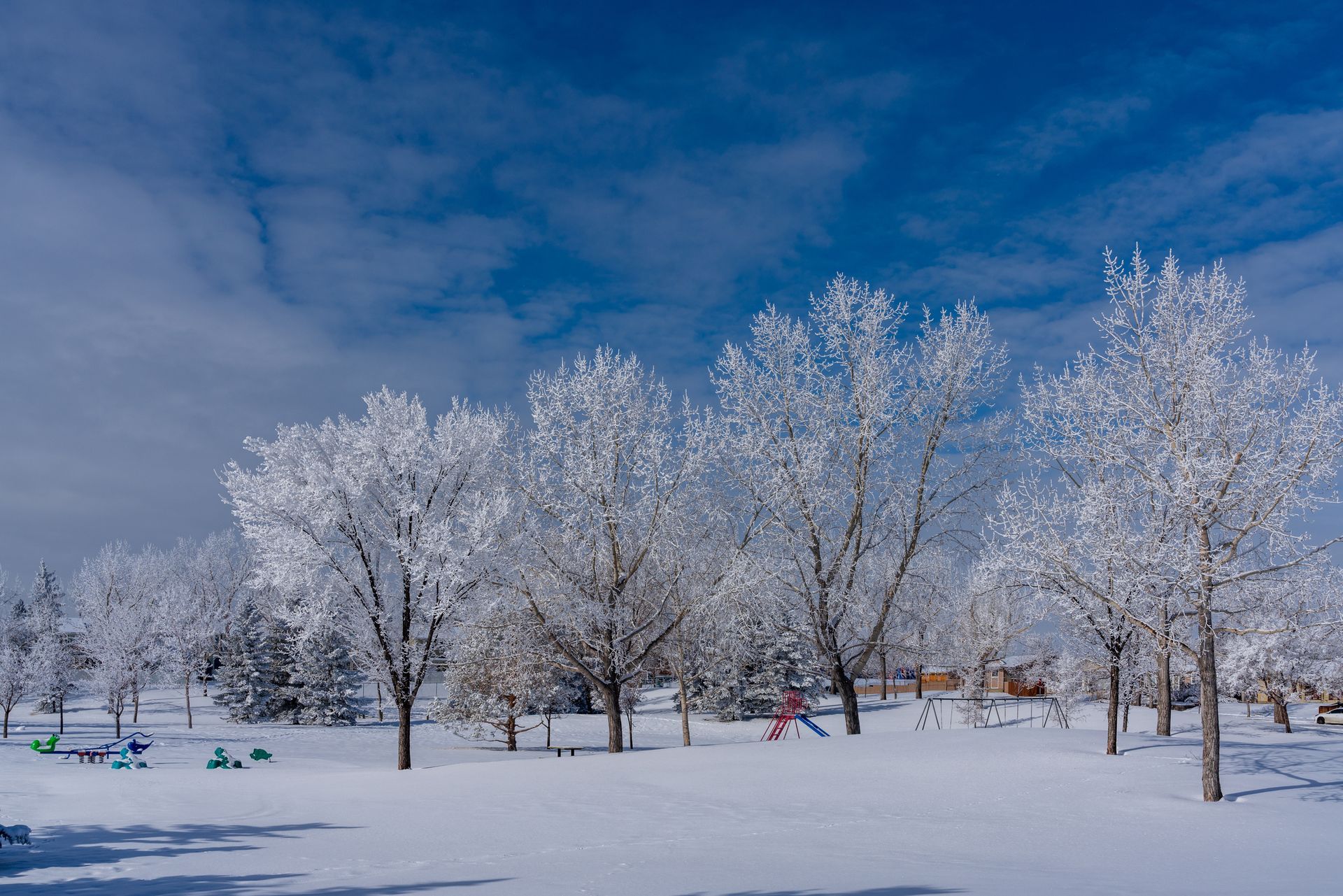
Winter in St Louis, MO can be tough on trees. Freezing temperatures, ice, and snow add stress that can lead to broken branches, structural damage, and safety hazards. At Baumann Tree , we provide professional tree services, tree trimming, tree removal, and tree care in St Louis, MO, h elping homeowners protect their property and prepare their trees for the season. Call us today at 636-375-2812 to schedule a winter tree evaluation. 1. Winter Tree Trimming for Safety and Health Winter is one of the best times for pruning because trees are dormant. Tree trimming in St Louis, MO removes weak, dead, or overextended limbs that are most likely to break under snow or ice. Proper trimming reduces hazards, keeps your landscape looking neat, and promotes healthy growth when spring returns. 2. Remove Dangerous Trees Before Winter Storms If a tree is leaning, decaying, or showing signs of structural weakness, winter weather can make it a safety risk. Professional tree removal in St Louis, MO ensures unstable trees are removed safely, protecting your home, vehicles, and nearby structures from damage. 3. Protect Young and Newly Planted Trees Young trees are particularly vulnerable during the winter months. Adding mulch around the base insulates roots and helps regulate soil temperature, while checking moisture levels before freezing prevents drying and damage. Proper care ensures your young trees survive the winter and thrive in spring. 4. Clear Dead Branches and Debris Removing dead branches and yard debris before winter reduces the risk of damage during snow and ice storms. It also keeps your property safe and makes it easier to spot potential hazards in your trees. 5. Schedule a Professional Winter Tree Inspection A professional inspection from Baumann Tree can identify hidden issues such as weak branches, internal decay, or pest damage. Addressing these problems before winter ensures your trees remain strong and your property stays protected. Call Baumann Tree for Winter Tree Care in St Louis, MO Whether you need tree services, tree trimming, tree removal, or full tree care in St Louis, MO , Baumann Tree is ready to help you prepare for winter safely. Call us at 636-375-2812 today to schedule your service.
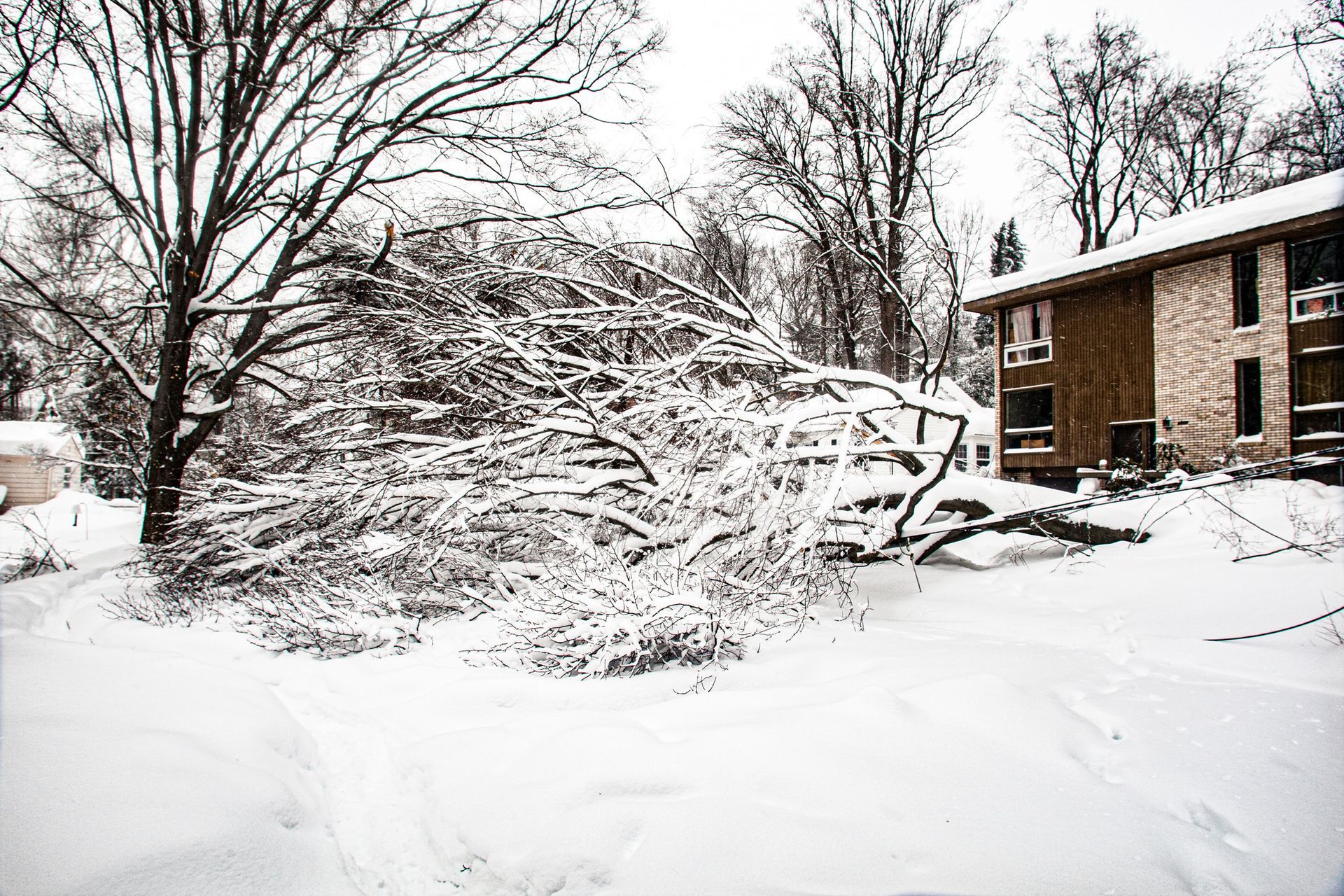
Severe storms in St Louis, MO can cause sudden and dangerous tree damage, from broken limbs to fallen trees. When a storm strikes, it’s critical to act quickly to protect your home, vehicles, and property. At Baumann Tree , we offer expert emergency tree services, tree removal, tree trimming, and full tree care in St Louis, MO . Call us immediately at 636-375-2812 if you have storm-damaged trees. 1. Fast Emergency Response Storm damage often requires immediate attention to prevent further property damage or injury. Our team is trained to respond quickly and safely, assessing the situation and removing dangerous limbs or fallen trees efficiently. Whether it’s a single branch or a large storm-damaged tree, Baumann Tree has the equipment and expertise to handle it. 2. Safe Tree Removal After Storm Damage Trees that are cracked, split, or leaning after a storm pose serious risks. Professional tree removal in St Louis, MO ensures these hazardous trees are safely removed without causing additional damage to your property. Attempting removal yourself can be dangerous — always rely on trained experts. 3. Emergency Tree Trimming to Prevent Further Damage Sometimes a tree is partially damaged but still standing. In these cases, tree trimming in St Louis, MO can remove broken or weakened limbs, stabilizing the tree and preventing further breakage. Prompt trimming also keeps your property safer until a full evaluation or removal is possible. 4. Full Tree Care After Storms After immediate hazards are addressed, it’s important to inspect the rest of your trees. Professional tree care in St Louis, MO ensures hidden damage, disease, or stress is identified early, helping your landscape recover fully from the storm. Call Baumann Tree for Emergency Storm Damage Services in St Louis, MO If a storm has damaged your trees, don’t wait. Emergency tree services, tree removal, tree trimming, and full tree care in St Louis, MO are just a call away. Contact Baumann Tree at 636-375-2812 for fast, safe, and professional service.

Taking care of your trees is about more than just maintaining curb appeal—it’s about protecting your property, keeping your family safe, and ensuring your landscape stays healthy year-round. At Baumann Tree , we’re proud to provide professional tree removal, tree trimming, and tree services in St. Louis and the surrounding areas.
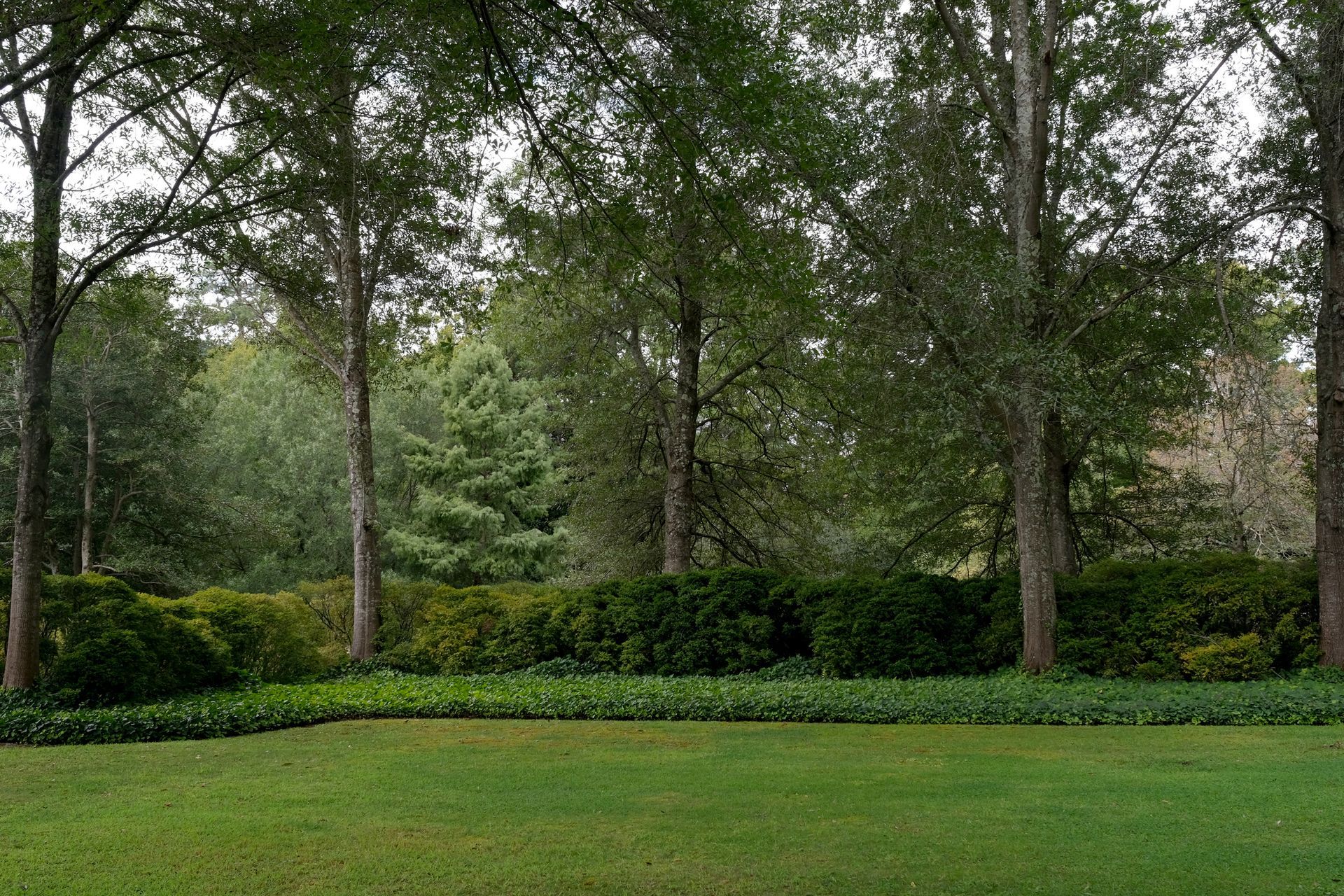
Call Baumann Tree Today: (636) 375-2812 If you’re looking for reliable, professional, and affordable tree service in St. Louis, MO , look no further than Baumann Tree . We specialize in tree removal , tree trimming , and complete tree care services for homeowners and businesses throughout the St. Louis area. With years of experience and a commitment to safety, we’re the trusted choice for tree work of all types. Whether you need hazardous tree removal in St. Louis, MO , or regular maintenance like tree trimming , our team is ready to help. Call us today at (636) 375-2812 for a free estimate. Expert Tree Removal in St. Louis, MO Dead, damaged, or dangerously leaning trees can pose a serious risk to your property and safety. Our experienced crew provides safe and efficient tree removal services in St. Louis, MO , using advanced equipment and proven techniques to handle even the most complex removals. Don’t wait for a storm to take down a weak tree. Our professionals assess risk factors and remove trees before they become a liability. If you're unsure whether a tree on your property needs to come down, call Baumann Tree for a consultation. Quality Tree Trimming in St. Louis, MO Regular tree trimming in St. Louis, MO is essential for maintaining the health, shape, and structure of your trees. Overgrown branches not only look unkempt, but they can also interfere with power lines, block sunlight, and create safety hazards. At Baumann Tree, we trim for health, safety, and appearance. We know how to properly prune a wide range of local tree species and help homeowners maintain beautiful, balanced trees that add value and curb appeal to their property. Our tree trimming services in St. Louis include: Crown thinning and shaping Deadwood removal Clearance for structures and walkways Seasonal pruning for optimal growth Full-Service Tree Care in St. Louis, MO Beyond trimming and removal, Baumann Tree offers complete tree care services in St. Louis, MO , tailored to your property’s specific needs. Our comprehensive offerings include: Tree health inspections and disease diagnosis Emergency storm cleanup and debris removal Stump grinding and root removal Brush clearing and lot preparation Tree cabling and bracing for structural support We work with both residential and commercial properties to ensure safe, healthy, and attractive landscapes year-round. Why Choose Baumann Tree? Choosing the right company for tree service in St. Louis, MO can save you time, money, and stress. Baumann Tree is a locally owned and operated business with a reputation for honesty, hard work, and top-quality service. What sets us apart: Fully insured and licensed professionals Affordable, transparent pricing Prompt and courteous service 24/7 emergency response available Locally rooted and community-focused We take pride in our workmanship and treat every property like it’s our own. Request a Free Estimate Today If you need tree trimming, tree removal , or any other tree service in St. Louis, MO , don’t wait. Call Baumann Tree today at (636) 375-2812 to speak with a member of our team and schedule your free, no-obligation estimate. Baumann Tree – Providing safe, affordable, and professional tree services in St. Louis, Missouri
